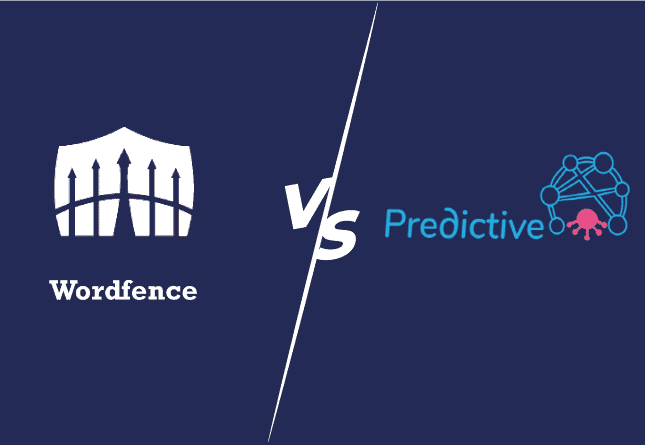
Understanding Data Breaches: How to Safeguard Your Digital Assets


What is a Data Breach?
Before we move ahead, let’s go through the definition of a Data Breach, Data branches are incidents where unauthorized entities gain access to sensitive information, jeopardizing its confidentiality, integrity, or availability. This sensitive data includes personal information, financial records, intellectual property, or trade secrets. The consequences extend beyond the compromise of information, significantly impacting both organizations and individuals.
What is the average cost of a Data Breach?
According to an IBM data breach study that was done the Cost of a Data Breach Study, the recovery from a data breach incident took approx 30 days. For incidents that are dealt with within this timeframe, organizations spend $1 million (about £930,000) less on average compared to those that took longer. The global average cost of a data breach in 2023 was USD 4.45 million, a 15% increase over 3 years.
A data breach doesn’t just incur financial costs for organizations; it also has far-reaching impacts on both organizations and individuals. The major consequences include:
Organizational Impact | Individual Impact |
Reputation Damage can lead to Tarnished trust among customers, partners, and stakeholders. | Identity Theft, where adversaries can exploit stolen personal information. |
Financial Loss, including Remediation costs, legal actions, and regulatory fines. | Financial Fraud, including the misuse of breached financial data. |
Operational Disruption, impacts and Disrupts normal business operations. | Privacy Invasion, exposure of personal details leading to potential misuse. |
What are the causes of Data Breaches?
Top factors contributing to Data Breaches encompass Weak Security Practices, Stolen or Weak Credentials, Application Vulnerabilities, and Insider Threats.
Weak Security Practices involve inadequate measures such as weak passwords and encryption. Third-party vulnerabilities pose risks through vulnerabilities in third-party systems. Insider Threats may involve malicious actions or mistakes by employees.
These techniques have been observed in recent cyber attacks that led to data breaches. For instance, a cyber attack on Munster Technology University and an Irish University resulted in the compromise of extensive staff and student information, including financial details. The root cause was attributed to the use of an outdated version of VMware EXSi in their infrastructure.
Similarly, insufficient training and awareness among employees can lead to security lapses. In January, MailChimp, a leader in email and digital marketing, discovered a data breach affecting user accounts and exposing employee information and credentials. In all these breaches, bad actors stole significant data, aiming to tarnish the reputation of the impacted parties.
How to stop Data Breaches?
To address these challenges, governments and regulatory bodies are introducing guidelines with stricter rules and public punishments for key stakeholders responsible for managing personal data. These regulations aim to limit breaches and have established frameworks to safeguard individuals’ data and privacy.

Notable frameworks include GDPR (General Data Protection Regulation), ISO/IEC 27001, and NIST Cybersecurity Framework, which adhere to global standards. GDPR, as an example, is an EU regulation offering a comprehensive framework for protecting individuals’ privacy and data.
These frameworks help in guiding the legal and regulatory aspects, however, despite the existence of these frameworks and their enforcement, effective mitigation of data breaches requires strategic actions. These include:
Strategic Mitigation Actions:
- Adoption of secure design principles.
- Implementation of best practices
- Deployment of avoidance mechanisms like end-to-end encryption for data security.
- Restriction of access based on roles minimizes insider threat risks.
- Comprehensive cybersecurity training enhances awareness.
- Reduces the likelihood of human error.
- Regular security audits and continuous monitoring for unusual activities are crucial.
- Best practices involve risk assessments, incident response plans, data minimization, and collaboration for breach avoidance.
- Identify and mitigate potential vulnerabilities.
- Ensures swift and efficient action in the event of a breach, contributing to business continuity planning (BCP).
- Limiting the collection and retention of sensitive data to the minimum necessary for business operations.
Collaboration And Information Sharing:
Collaborating with industry peers to share threat intelligence enhances overall cybersecurity.
A cyber-security tool like Predictive can help any company in shaping the Cybersecurity strategy and fortify the defence against data breaches, providing companies with proactive intelligence on vulnerabilities in infrastructure design, monitoring assets, and real-time insights into anomalies and incidents that could lead to data breaches.
Boost Your Security and Performance. Chat Now!
Leverage Predictive’s capability to deliver a comprehensive and adaptable cybersecurity solution, empowering organizations to safeguard their digital assets, protect sensitive data, and fortify their security posture.
Related Posts



